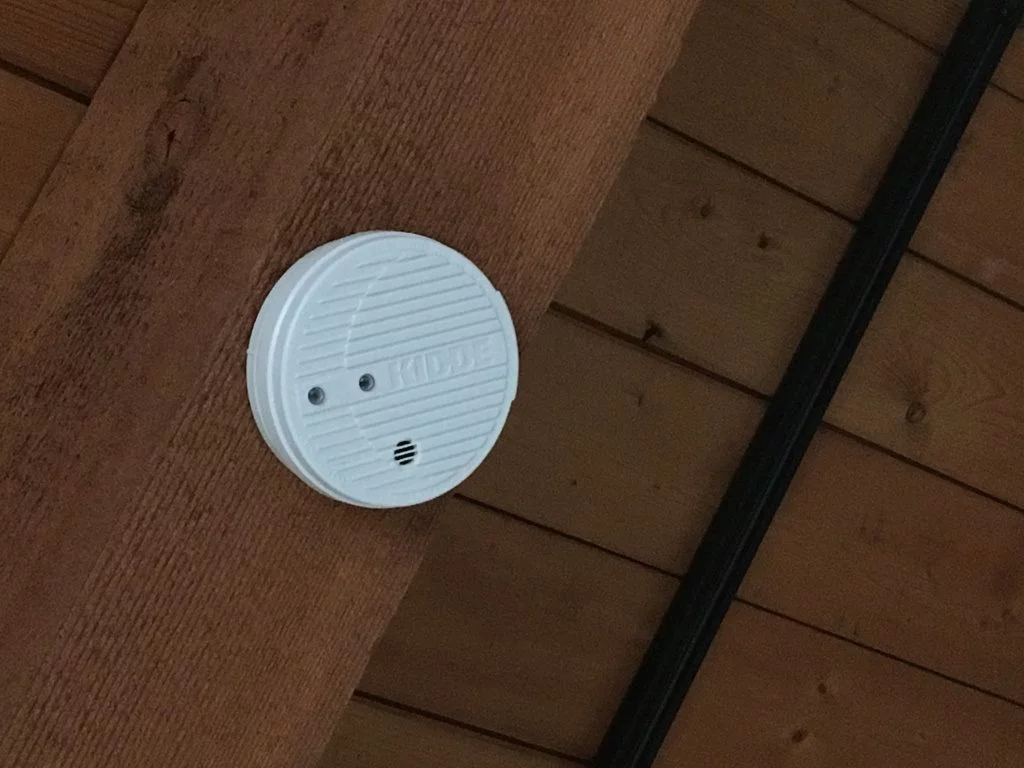There are two basic types of smoke detectors on the market, ionization and photoelectric. Sometimes the two are combined into one smoke detector. This doesn’t exactly mean that it is the best. (ie. in placing a detector close to a kitchen, you may opt for ionization only). You should know the difference and decide which smoke alarm is best for each room.
According to the National Fire Protection Association the technological breakdown between ionization and photoelectric is as the following:
Ionization detectors tend to work better with flame fires. The detector has a very small amount of radioactive material that floats between two electrically charged plates. When smoke from the fire enters the the space between the plates, the ions are reduced which sets the alarms off.
Photoelectric detectors tend to work better with smoldering fires. A light is set within the detector which aims at a sensor. Once the smoke enters the detector, it interferes with the light which causes a break in the communication to the sensor in turn setting the alarm into action.
Unfortunately you are unable to predict which type of fire has potential to break out and thus it is recommended that you have both types of alarms installed in your home.
Placing smoke detectors and keeping them up to date does not have to be challenging.
The NFPA recommends that we place smoke alarms in each bedroom, outside each sleeping area, to have them on every level of the home as well as the basement. Be cautious of placing a smoke detector too close to the kitchen as cooking can set them off quite easily. You may want to consider a ionization detector near the kitchen as cooking can lend to ‘safe’ smoke which cooking.
According to the US Fire Administration (USFA), it is recommended that smoke detectors be replaced every ten years and batteries changed twice a year.
A tip in remembering to swap your smoke detector out every ten years is to take a marker and write the date you installed it to the ceiling. You can also make a reminder in your smart phone to change the batteries twice a year and set those reminders repeat yearly.
To stay on the safe side, do not remove the smoke detector when beeping. This problem is usually solved by changing the batteries, swapping an old smoke detector out or changing the location of detector in your home. The beeping sound can also occur when the power to your home is restored after an outage. Note: the chirping sound is typically need of fresh batteries.



